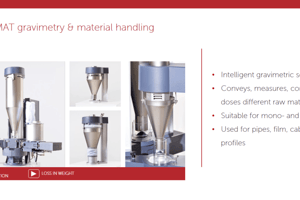Podcast
Questions and Answers
Match the following empty display types with their descriptions:
Match the following empty display types with their descriptions:
Plain Axes = Displays as six lines, initially with one pointing in each of the +X, -X, +Y, -Y, +Z, and -Z axis directions. Arrows = Displays as arrows, initially pointing in the positive X, Y, and Z axis directions, each with a label. Single Arrow = Displays as a single arrow, initially pointing in the +Z axis direction. Cube = Displays as a cube, initially aligned to the XYZ axes.
Match the following empty display settings with their descriptions:
Match the following empty display settings with their descriptions:
Offset X, Y = Offset the image origin (where 1.0 represents the width/height of the image). X=0.5, Y=0.5: Object origin at image center. X=0.0, Y=0.0: Object origin at image bottom, left. Depth = Default: Use normal depth behavior. Front: Always display on top of other objects. Back: Always display behind of other objects. Show in Orthographic = Show in orthographic view. Opacity = Blends the image with the background. The value slider adjusts the opacity of the image, changing how much of the image is blended with the background.
Match the following editing properties with their descriptions:
Match the following editing properties with their descriptions:
Editing in Object Mode = An empty can only be edited in Object Mode, which includes its transformation and parenting properties. Apply Scale Ctrl-A = Allows applying scale to empties. Only Axis Aligned = Only displays the image contents when the view is aligned with the object’s local axis. Perspective Show = Show in perspective view.
Match the following empty display types with their primary usage:
Match the following empty display types with their primary usage:
Match the following empty display settings with their functionality:
Match the following empty display settings with their functionality:
Match the following steps with their corresponding actions in Blender software:
Match the following steps with their corresponding actions in Blender software:
Match the following actions with their effects when adding a displace modifier in Blender software:
Match the following actions with their effects when adding a displace modifier in Blender software:
Match the following steps with their corresponding actions when adding a new texture to the displace modifier in Blender software:
Match the following steps with their corresponding actions when adding a new texture to the displace modifier in Blender software:
Match the following steps with their corresponding actions for connecting an Empty object to parts of a plane object in Blender software:
Match the following steps with their corresponding actions for connecting an Empty object to parts of a plane object in Blender software:
Flashcards are hidden until you start studying




